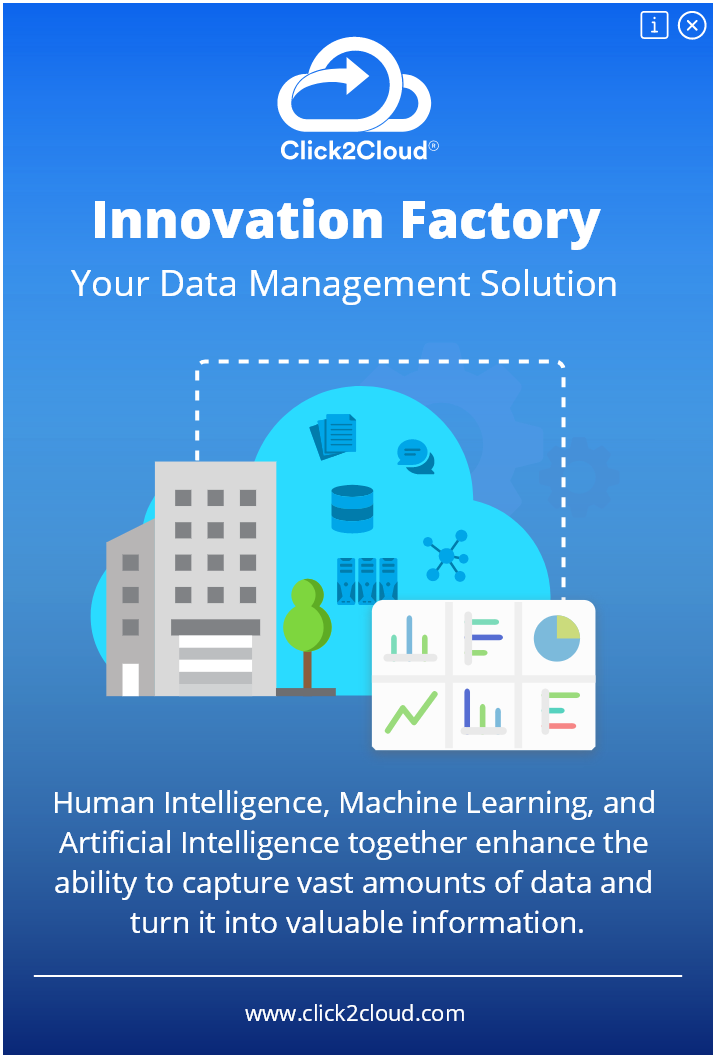Technology-enriched companies are thriving towards providing better ways to automate tasks and make data storage and accessibility more efficient. A Cloud Data Warehouse is a service that allows organizations to store and manage data efficiently while making it accessible to authentic users. It is a database delivered in a public cloud as a managed service that is optimized for analytics, scale, and ease of use.
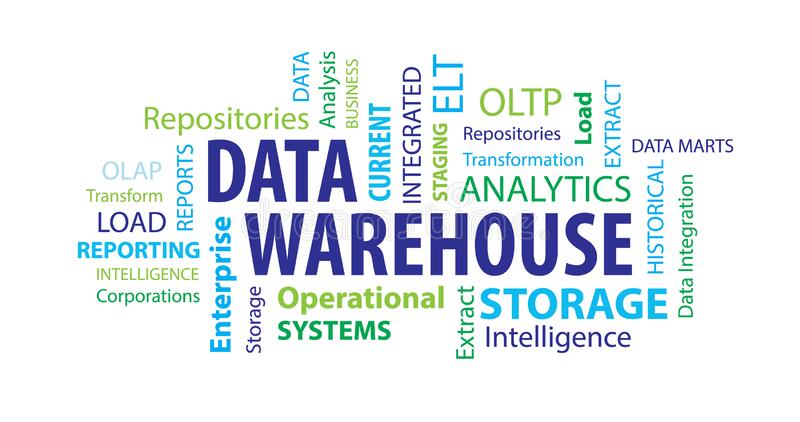
What is Cloud Data Warehouse?
Companies that are data-driven need reliable solutions for managing and analyzing enormous amounts of data across their enterprises. For regulated sectors, these systems must be scalable, dependable, and secure, as well as flexible enough to serve a wide range of data types and use cases. The needs are well above any standard database’s capability. This is where the data warehouse enters the picture.
A data warehouse is a business system that analyses and reports structured and semi-structured data from a variety of sources, including point-of-sale transactions, marketing automation, customer relationship management, and more. A data warehouse is ideal for both unexpected and tailored data delivery. A data warehouse is a key element of business analytics since it can store both current and historical data in one location and is intended to provide a long-term picture of data across time.
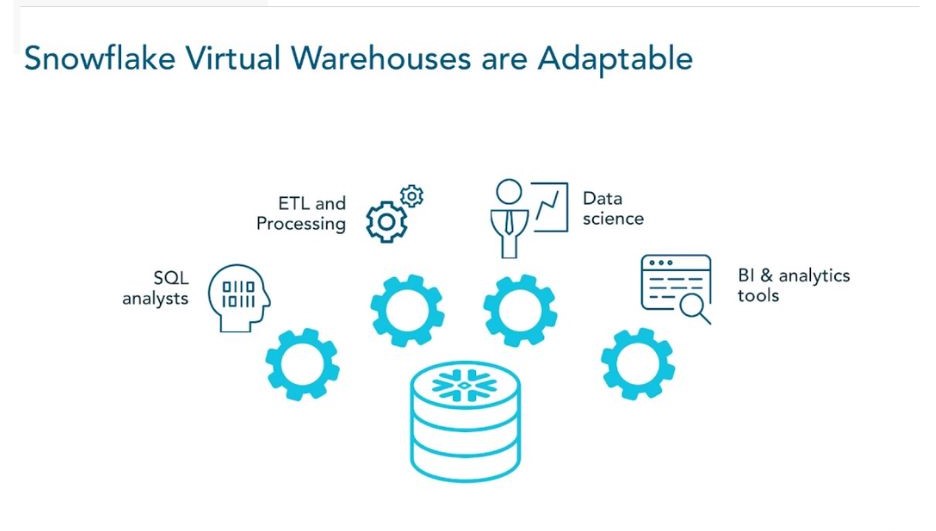
What is Snowflake?
Snowflake has changed the perspective of Data Cloud warehouses for organizations with purpose-built architecture and a cloud-based approach. It allows scalable and computable data resources within the SQL-compliant database. It is a SaaS platform that offers a single platform for data warehousing, data lakes, data engineering, data science, data application development, and secure sharing and consumption of real-time shared data.
Snowflake was available to the general public in October 2014 to make data storage, processing, and analysis better, more efficient, and more reliable than existing data warehouses.
The cloud data warehouse grew rapidly as Snowflake proceeded to increase the functionality of its solution, clearing all the criteria that a company could require to migrate their old enterprise data warehouse to the cloud.
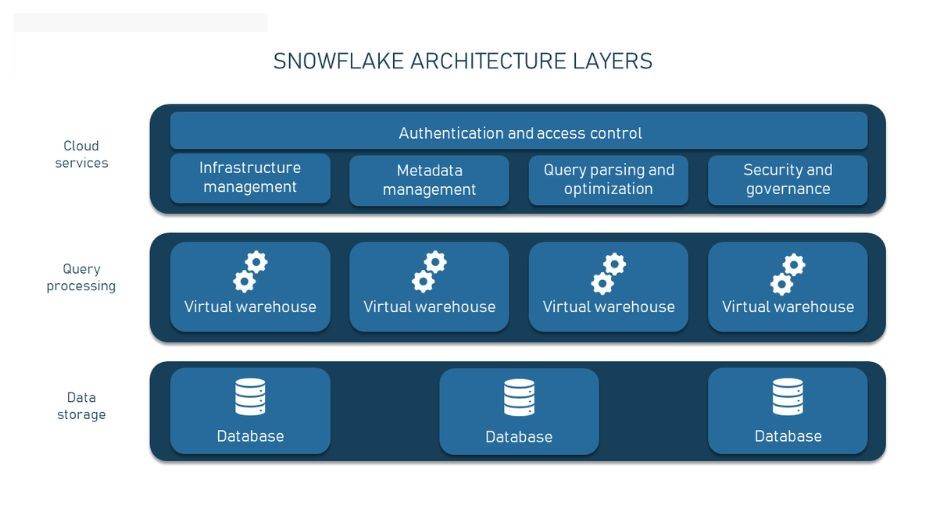
Components of Snowflake
Snowflake has three components-
Cloud Services – Snowflake’s cloud services leverage ANSI SQL, giving consumers the ability to optimize their data and manage their infrastructure. Snowflake is in charge of data security and encryption. They keep up with data warehousing certifications like PCI DSS and HIPAA. Authentication, infrastructure management, query parsing and optimization, metadata management, and access control are some of the services available.
Query Processing – Snowflake’s compute layer is made up of virtual cloud data warehouses that allow you to examine data via queries. Each Snowflake virtual warehouse has its cluster, with no competition for computer resources or impact on each other’s performance, ensuring that workload distribution is never an issue.
Database Storage – An organization’s uploaded structured and semi-structured data sets are stored in a Snowflake database for processing and analysis. Snowflake handles all aspects of data storage, including organization, structure, metadata, file size, compression, and analytics, automatically.
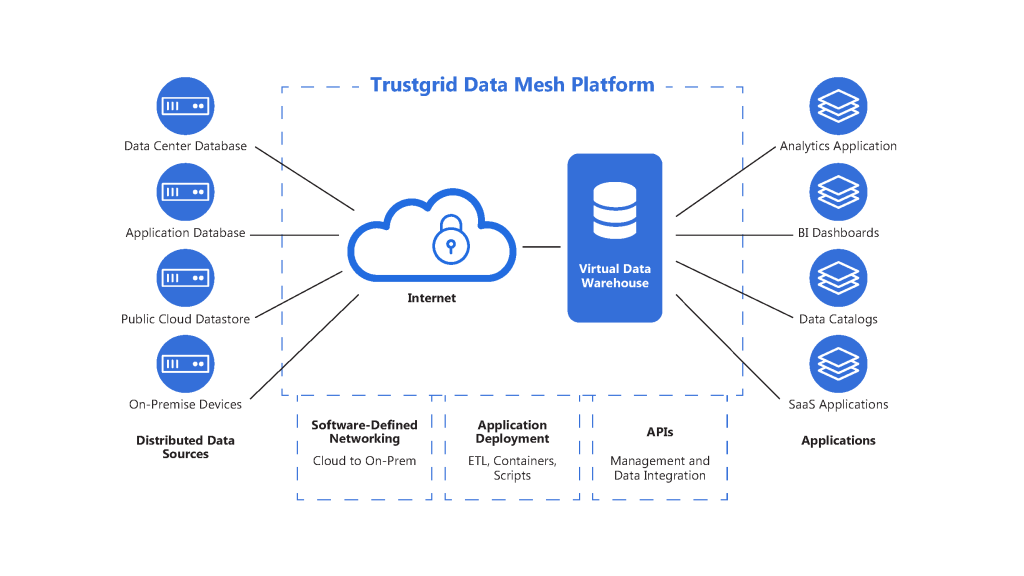
What is Cloud Data Mesh?
Cloud Data Mesh is another popular term in data centers. It is a new approach to analytical data management based on modern, networked architecture. It allows end-users to readily access and query data without having to move it to a data lake or warehouse first. Data mesh uses a decentralized technique to transfer data ownership to domain-specific teams who manage, control, and serve data as a product.
Cloud Data mesh has the major goal to solve the problems of data availability and accessibility at scale. Business users and data scientists may access, evaluate, and operationalize business insights from nearly any data source, in any location, without the need for professional data teams.
Benefits of using Snowflake
Snowflake has many advantages over traditional data warehouses. One of the biggest advantages is the integrity of cloud platforms. Here are the benefits of using the Snowflake Loud data warehouse-
- Storage capacity – Snowflake works on all major cloud-based platforms like Microsoft Azure, Google Cloud, and AWS. It is easier to scale and hence businesses can handle a massive amount of data
- Server Capacity – Being cloud-based, scalability can be deployed any minute without investing in any hardware or software resources.
- Security – Snowflake only allows authorized users to access data thanks to IP whitelisting. It also uses two-factor authentication, SSO authentication, and AES 256 encryption to keep the data secure.
- Performance Tuning – Snowflake databases are extremely user-friendly, allowing users to organize data in whatever way they find appropriate. Snowflake is built to be a highly responsive platform that runs at peak performance without the need for regular monitoring by an expert.
- Disaster Recovery – Snowflake databases have disaster recovery measures available, ensuring that your data is replicated and accessible across many server centers in the event of a disaster.
- Star Scheme – Start Scheme offers easier navigation and faster cube processing. It provides users with better storage savings.
- Third-Party Data Integration – Snowflake lets you connect with Snowflake customers so you may use data services and third-party apps to extend workflows. Integrating third-party data sources is simple and automated with an integration platform as a service (iPaaS) like SnapLogic.
With all these advantages, Snowflake still has some limitations-
- Lake of Unstructured Data Support – Snowflake only supports structured and semi-structured data. It can be difficult for organizations with unstructured data to deploy snowflakes.
- No Data Constraint – While it is an advantage that snowflake allows easy scalability, many organizations can exceed the expected resource usage which can cause them a budgeting issue while billing.
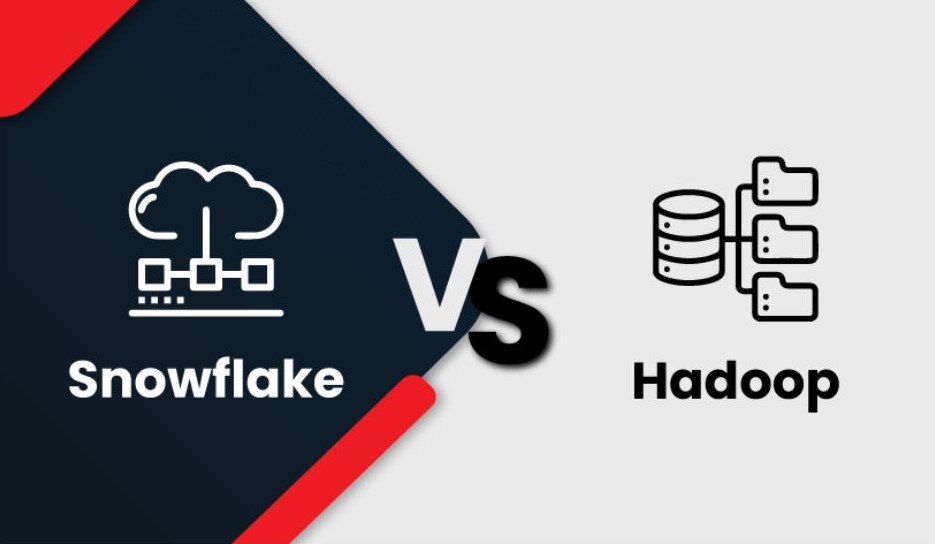
Snowflake VS Hadoop
For a data warehouse, Snowflake is the finest option. Because it offers individual virtual warehouses and excellent service for real-time statistical analysis, Snowflake is the perfect alternative whenever you wish to compute capabilities individually to handle workloads autonomously. Due to its high performance, query optimization, and low latency queries enabled by virtual warehouses, Snowflake stands out as one of the top data warehouses.
On the other hand, Hadoop’s HDFS file system is better suited for enterprise-class data lakes or large data repositories that require high availability and super-fast access. Another thing to consider is that Hadoop is best suited to administrators with Linux familiarity.
Latest Updates in Snowflake
On June 14, 2022, the company announced the launch of Unistore , a new workload that offers a modern approach to working with transactional and analytical data over a single platform. It provides consistent governance, and strong performance to streamline the transactional applications. Unistore allows teams to extend the Data Cloud to transactional use cases like application state and data serving. Snowflake is releasing Hybrid Tables as part of Unistore, which allows users to create transactional business applications directly on Snowflake and offer rapid single-row operations.
Adobe has started deploying the private preview of Hybrid Tables for its Adobe Campaigns tool, which allows companies to provide rapid cross-channel personalized experiences at scale.
FAQs
-
How do I transfer data warehouse to the cloud ?
1 Copy your data. First, you need to create an initial copy of your existing data warehouse in the cloud. ... 2 Set up ongoing replication. ... 3 Migrating your analytics infrastructure and data applications. ... 4 Migrate your transformations.
-
Which cloud data warehouse is best?
Snowflake Snowflake is one of our most-recommended data warehouses. The separation of storage and compute make it simple to manage capacity and ensure fast response times for all warehouse workloads.
-
What are three features of Hadoop?
1 Open Source: Hadoop is open-source, which means it is free to use. 2 Highly Scalable Cluster: Hadoop is a highly scalable model 3 Fault Tolerance is Available 4 High Availability is Provided 5 Cost-Effective 6 Hadoop Provide Flexibility 7 Easy to Use 8 Hadoop uses Data Locality
-
Why Hadoop is better than data warehouse?
In Data Warehouse, Data is arranged in a orderly format under specific schema structure, whereas Hadoop can hold data with or without common formatting. This makes Hadoop data to be less redundant and less consistent, compared to a Data Warehouse.
-
How do you address data lineage?
There are a few tools





